All about Lycra fabric
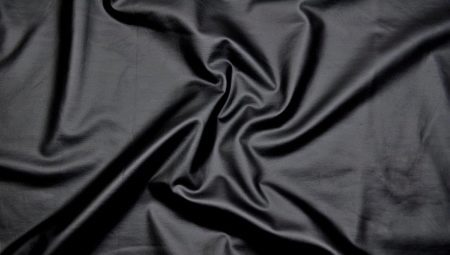
Lycra is a well-known synthetic mixture, which is created by melting certain polymer components. It is often included in the composition of other fabrics, thereby improving the characteristics of their quality. Despite the fact that lycra is produced chemically, it is completely safe to use, which makes it so popular in the market.
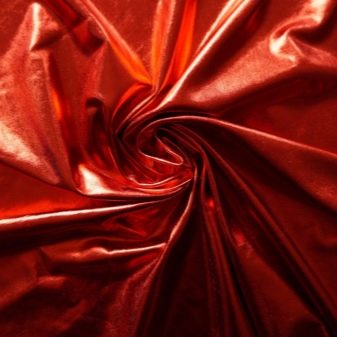
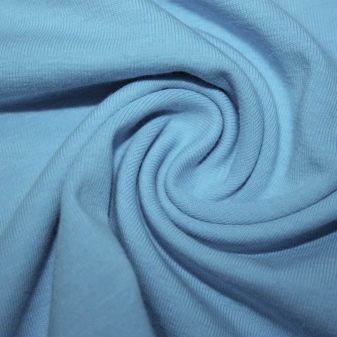
What it is?
Lycra are rather thin and almost weightless in some way fibers, which are distinguished by excellent stretching properties. These synthetic threads are made from polyurethane rubber in a laboratory setting. Lycra is often referred to as "elastane" due to its amazing stretchiness. It has a characteristic, recognizable shine. Due to its unique composition, lycra has such excellent properties:
- it can stretch up to 7-8 times without the likelihood of rupture, for this very reason it is used in the production of products of the most tight-fitting type;
- during stretching, the elastane fabric will not deform, while quickly returning to its original appearance.

Disadvantages:
- electrified;
- low hygroscopicity;
- deforms when exposed to chlorine.
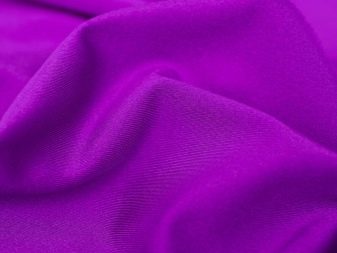
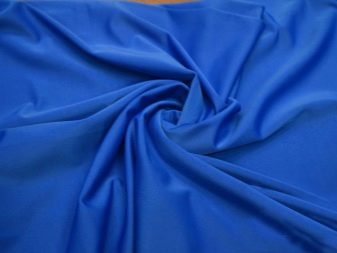
How is it different from other fabrics?
Lycra is believed to be a material that simply cannot be stained. If some kind of contamination does appear on the surface of this unique fabric, then the structure of the fibers themselves simply will not give it the slightest chance to penetrate the structure of the material.
In order to eliminate this contamination, you just need to rinse the product in a solution of water and soap.
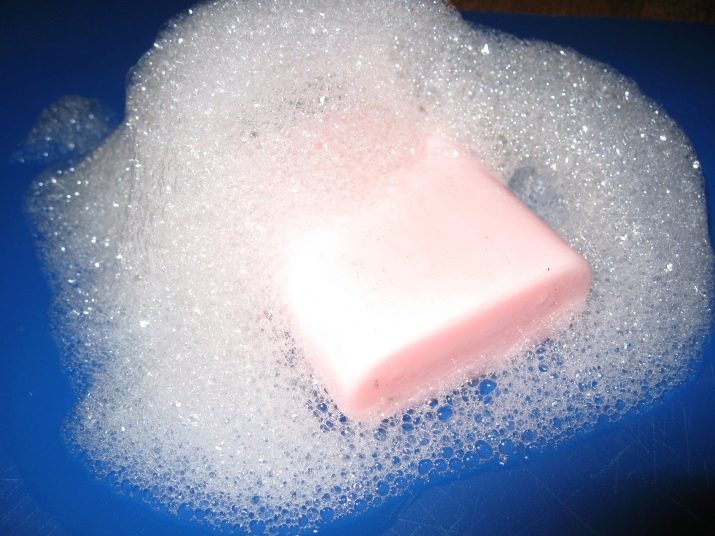
If you add Lycra fibers to any material, you can easily extend its lifespan. Products of this kind will retain their original color for a long time. They will not fade in the sun, they will not shed even with very active washing, and at the same time they are not at all afraid of salty sea water. In addition, they have the ability to repel water. Lycra fibers are also distinguished by their "breathable" substructure.
Such a product will not wrinkle much, it will stretch perfectly. Good drape is another positive quality of Lycra, which distinguishes it from other materials.
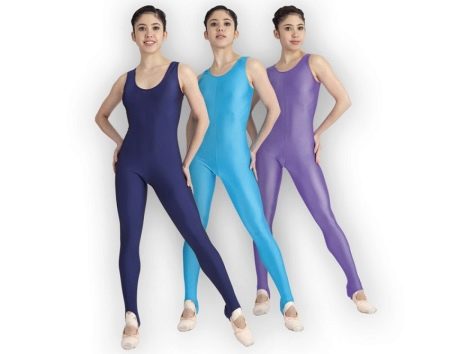
Textile fabrics containing elastane become:
- more elastic and softer;
- able to form beautiful folds when draped;
- dry faster after getting wet or washing;
- easy to use and maintain;
- wear-resistant.

Views
A product that is 100% lycra is considered an extremely rare occurrence. Typically, this kind of thread is woven together with other types of both 100% natural and artificial fibers. To change the nature of the fabric and give it a greater degree of elasticity, it is enough that the composition of lycra is only 2% of the total volume.
Net
Pure Lycra fabric can be completely transparent, or it can be half that. In its unique structure, elastane has special macromolecules: thanks to them there is a clear alternation of rigid segments, flexible segments with curved elements. The increased elasticity here is guaranteed by polyester components. Products made of pure lycra practically do not exist, and it was invented as a component that improves the properties of other popular materials.
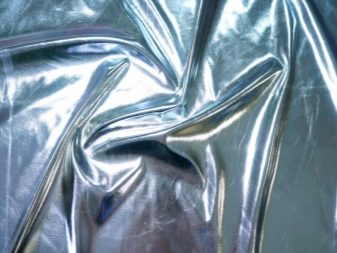

Mixed
Lycra is added to a variety of fabrics these days - they can be of different types of weave, they can be of different composition or density. Quite often, it is also mixed with such a popular material as cotton - in order to significantly increase its elasticity, and lycra can also be found in knitwear - there it is needed to make it even more stretchable and increase the already existing elasticity. Viscose is one of the fabrics in demand today, which has a rather low degree of strength, and if you add even a very small amount of Lycra to it, then such a characteristic will be significantly improved.
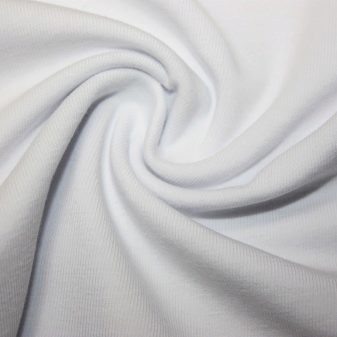
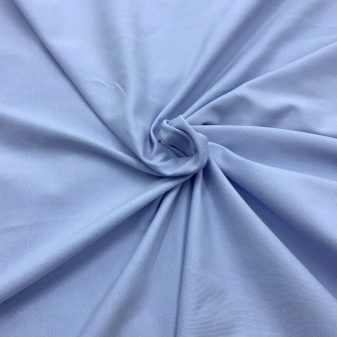
Clothes made of viscose with lycra will perfectly fit the human body, will be distinguished by durability in everyday wear, will be able to maintain its shape and its bright color for a long time.
The presence of lycra in the composition of textile products, even in such a small amount as 5%, will significantly affect the quality properties - the textiles will become much stronger and much more elastic.
Besides, add modern lycra to other fibers also because of its stunning fineness, which guarantees surprising lightness for all products. Thus, elastane will be practically invisible in the structure of any known fabrics either by eye or by weight - the fibers of the materials, when included in their composition, will not be able to significantly weigh down.

Manufacturers
The leader in modern production of such material as lycra is, of course, the USA. The world-renowned company "Invista" from there is engaged in the synthesis of fibers of the brands "Lycra" and "Elaspan". A significant share of this kind of products - the Dorlastan brand - is produced by the equally well-known Japanese company Asahi Kasei. One of the largest suppliers of elastic fibers in Europe is considered to be the Italian company Fillattice with its also very famous brand "Linel".

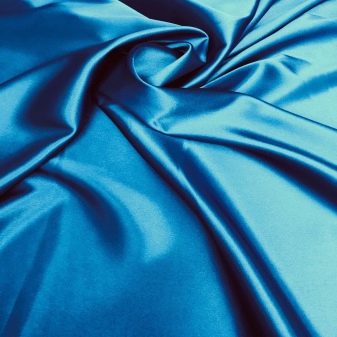
What is it used for?
Elastic fibers in the modern world quickly found their purpose in the production of high-quality clothing and products for the medical field. Lycra is also used here to create high-strength corsets and bandages. Due to the tangible lightness and the necessary transparency, socks were first produced from lycra, as well as stockings and tights that are very popular among women all over the world.
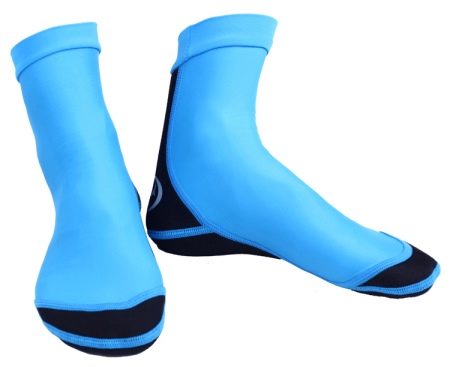
Due to its special extensibility, due to which elastane will not hinder movements, it is actively used for sewing sportswear, and is also very popular when creating swimsuits and swimming trunks. True, in this case, it is necessary to take into account the fact that such things can only be worn when swimming in ordinary or salt water. Pool water with bleach will quickly destroy all the quality properties of Lycra.
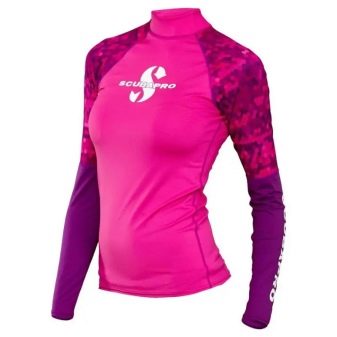
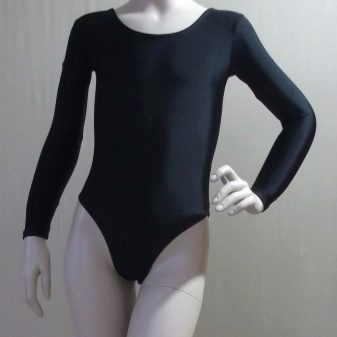
Elastic threads are also often included in various linen fabrics, which are used to create completely safe and as pleasant to the touch as possible for the body, sewing comfortable nightgowns and pajamas.
Lycra can often be found in clothes for sewing stunningly beautiful dresses, as well as blouses and skirts, bright T-shirts, practical jeans and leggings to wear.
Lycra is very popular when creating various costumes: such as variety and circus, as well as carnival, dance and gymnastic.
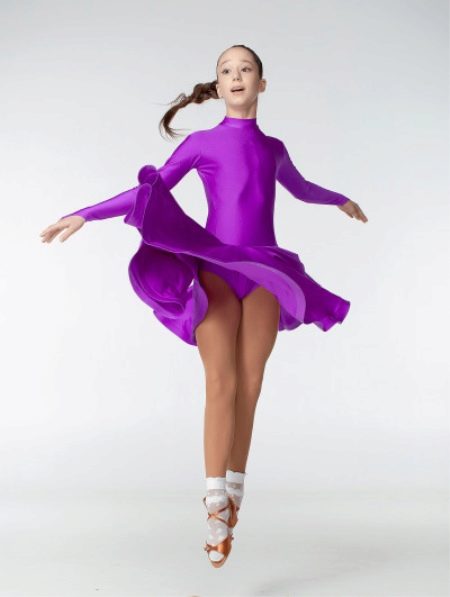
A separate niche in the textile industry is occupied by such material as sports lycra, - it was specially designed for professional athletes. Sport lycra is capable of providing a high-quality supportive effect on tense muscles, but at the same time it will not hinder movement at all.
Care Tips
In order for products with lycra to serve you as long as possible, you must follow a number of rules.
- This kind of product can be washed at temperatures no more than 40 degrees.
- Elastic products hardly wrinkle, so most often they do not need any ironing. If you want to smooth this fabric a little, then select light modes, such as "Silk".
- When washing in a washing machine, do not use the spin mode.
- Do not use modern bleaches and bleach, as they can adversely affect the color and characteristics of the canvas.









